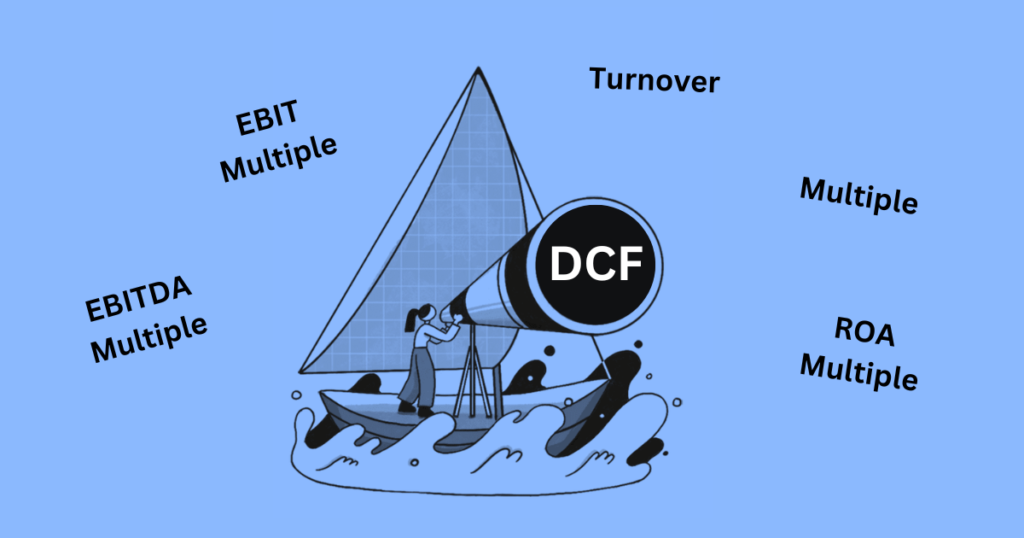In 1999, I studied Corporate Finance at London Business School, eager to uncover the magic behind valuing companies. Back then, the Discounted Cash Flow (DCF) model was considered the gold standard. It took me nearly six months to fully grasp its intricacies. Fast-forward 25 years and after participating in hundreds of M&A valuations in Germany, I’ve realized that learning DCF might have been a waste of time at least in the German market.
To save you time, here’s the essence of it:
DCF models, while theoretically sound, are rarely used in German M&A. Out of 100 valuation situations, perhaps 2 or 3 people will even suggest using DCF. Everyone else prefers other approaches. Here’s why.
1. Complexity and Subjectivity
2. Following the Crowd
3. Practical Challenges in German M&A
4. Buyer Resistance and Seller Frustration

1. Complexity and Subjectivity
DCF models rely heavily on assumptions about future cash flows, discount rates, and terminal values. Even slight changes in these inputs can drastically alter results, making the valuation seem unreliable or open to manipulation.
In the real world, buyers and sellers often struggle to agree on these projections, leading to debates and distrust. German dealmakers prefer simpler, more transparent methods to avoid such complications.
2. Following the Crowd
M&A is a competitive business, and people often stick with what works. Comparable company analysis and multiples-based valuations are widely accepted and easier to justify.
If everyone else uses these methods, there’s little motivation to introduce DCF models, which might raise questions or seem out of place. Sellers worry buyers will dismiss DCF as too optimistic, while buyers fear it might overestimate value.
3. Practical Challenges in German M&A
German businesses, especially mid-market firms, are often privately held and conservative in their approach. Detailed financial forecasts needed for DCF are not always available, making the model impractical.
Moreover, Germany’s privacy laws can limit access to financial data during due diligence. This lack of transparency makes it hard to build accurate cash flow projections—further discouraging the use of DCF.
4. Buyer Resistance and Seller Frustration
DCF models often produce valuations that exceed those from simpler methods, especially in growth-focused sectors. Buyers may reject these as unrealistic, while sellers feel frustrated when their carefully prepared DCF analysis is ignored.
In a market where trust and practicality matter, such disagreements can delay or even derail deals.
When DCF Models Might Still Be Useful
This isn’t to say DCF models are completely irrelevant. They can still add value in specific situations:
- Stable industries, like transportation, infrastructure, and utilities, where future projects are easier made and where debt leverage is important.
- Large transactions where buyers are familiar with DCF methods and or are publicly listed companies with possibly even public bonds
- Internal planning, is when businesses want to assess long-term investment value and need to overcome internal hurdle rates of investment
Conclusion
DCF models may be a cornerstone of corporate finance, but they’ve taken a back seat in German M&A due to their complexity, reliance on assumptions, and lack of widespread acceptance. Instead, simpler valuation methods—like comparables and multiples—dominate the market.
This doesn’t mean DCF is useless, but it highlights the need for practicality and alignment with market norms. At FaMAS, we specialize in valuations tailored to the German M&A landscape, combining theoretical expertise with real-world application to help our clients make informed decisions.
Disclaimer: This article provides general information and should not be considered financial advice.
